What would you say is special? For as far as I know, I don’t do something that isn’t widely known in the community already ![]()
Just a lot of experimenting and itterating over colours.
Also, yaaay 100th reply !! woop, party ![]()
![]()
What would you say is special? For as far as I know, I don’t do something that isn’t widely known in the community already ![]()
Just a lot of experimenting and itterating over colours.
Also, yaaay 100th reply !! woop, party ![]()
![]()
possibly show what your 2d texture looks like? You import it greyscale right?
Do you just do color over life?
I mean i dont know what the rest of the community knows >.> so… not sure whats widely known… >.>
It depends really, sometimes they are greyscale, sometimes they are coloured.
I use colour over life pretty much constantly, but I usually also multiply the particle colour over the original colour in the shader, so if I use coloured textures, the colour gets multiplied over the texture colour.
Well, I just mean, like, I don’t use some fancy new technique that is secret or something. everything I use are things that are out there ![]()
O_O your stuff is awesome…
Some quick sketches I’ve been working on in Niagara
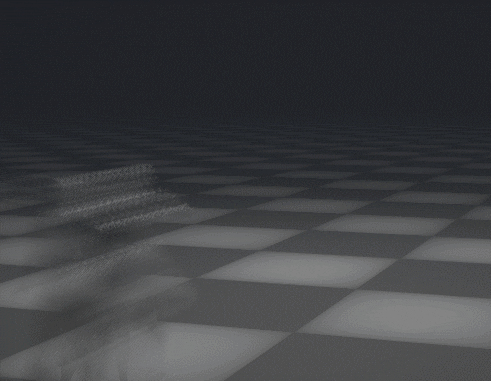
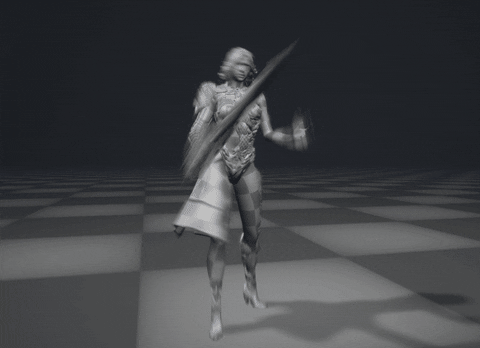
Mostly testing out filtered and unfiltered sampling for the skeletal mesh interfaces.
One thing to note is that for any of this to work, the skeletal mesh must allow cpu acces, which isn’t enabled by default. (Niagara isn’t very clear about that)

This one uses particle reads to spawn particles on other emiter particle positions. Pretty much like how one would use emitter location in cascade.
Very nice, is there vortex field information on those particles or are they inheriting the parent velocity of the skeletal mesh?
Both, there’s a very standard vector field. The reason is that I wanted to add more flowing activity to the particles after the character has had their influence on it.
Looks cool! Throw in various layered Curl Noise modules with a Smooth Lerp Over Time for some really nice motion ![]()
Thanks! Might I ask what your setup is for this layered curl noise? Do you save the results of the of the curl noise into multiple parameters?
Oh nothing fancy like that, just mean drop down 2 Curl Noise Modules and have variation in them, one high scale frequencies, one low scale moving in a different direction, with offset time, etc, and you can get some interesting swirls.
Blue is just a Curl Noise with no Panning. Red has the goodness. ![]()
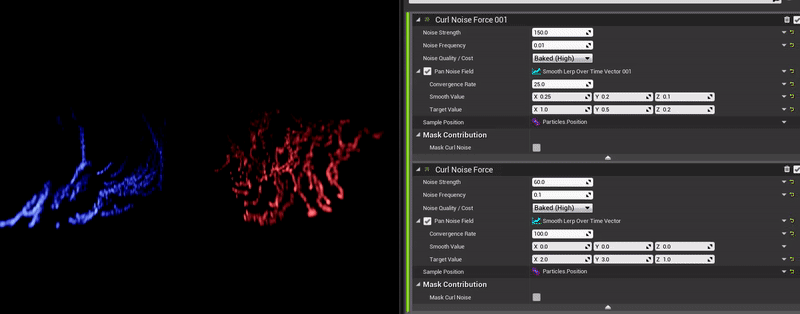
Oh, so it’s like using multiple octaves of the noise, that’s neat.
I really like this flowy, almost floating in water feeling that gives, totaly gona try that out later!
Yes, but also panning the noise at a different rate, vectors, etc. You can also key these if you wanted but I find this much more natural. You can do so much layering stuff up like this for more complex motion! ![]()
For even more advanced setup you can use Paricles.ID.Index in an expression in each value, which will assign variation to each individual particle.
Hmm, if you just sample at random in the vector field, you might as well just generate a random vector per particle right, should be a lot more optimised as no sampling is required in that case.
Either way, good stuff!
Another sketch with the particle attribute reader.
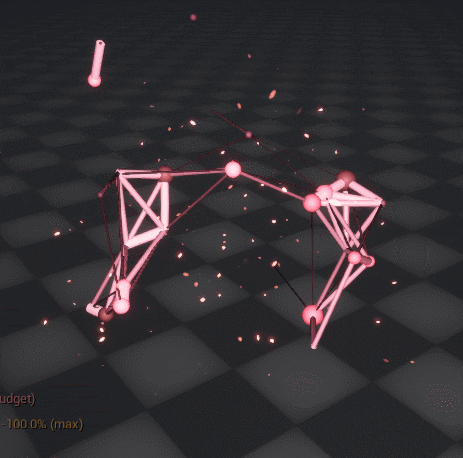
This one is inspired by an effect made by Kudo Hiroyuki on twitter. (Not sure if he is on the forum)
I mean you can use it to control per particle Strength of the entire Curl Noise or in the Convergence Rate, each will move independently.
So for this effect, when you say that you’re animating planes behind the projectile, are you spawning a plane every so often that animates out into the spiral instead of using a trail? I’m still fairly new to VFX, so I’m trying to think about how I would replicate it!
This effect is a combination of a classic trail, spiral meshes and billboards.
So, I am spawning a plane every so often, but I also still use trails and spiral meshes.
Another quick little sketch in Niagara. This one is mostly just testing usability as a tool. so I’m using a lot more emitters.
Here’s a system overview for anyone who might be interested.
I absolutely love how much easier it is to see what is what even in slightly larger effects.
Sphere constraint experiments
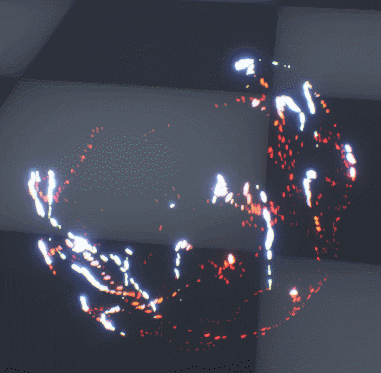
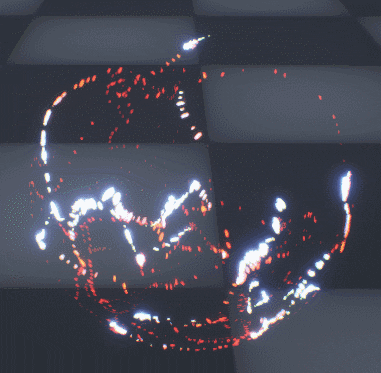
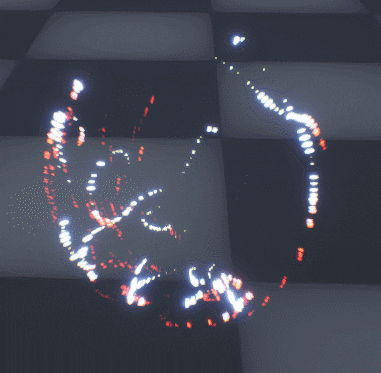
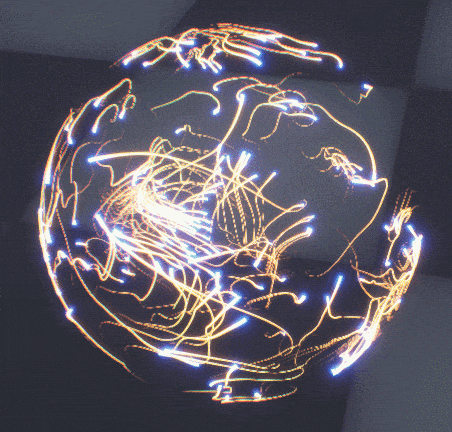
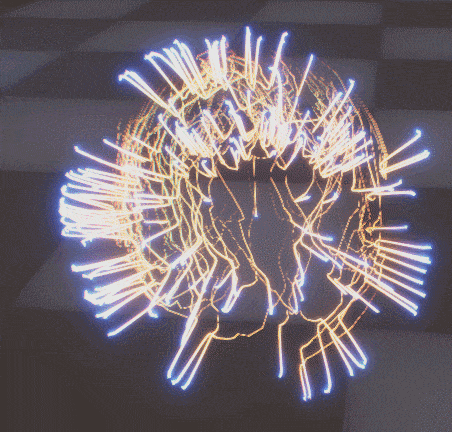

wow this looks so cool <3